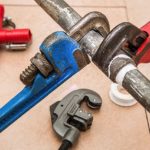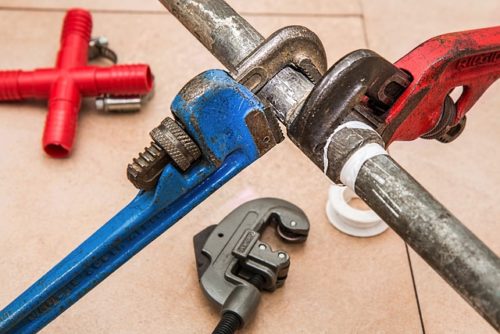Plumbing is the unsung hero of our daily lives, quietly working behind the scenes to provide comfort, convenience, and sanitation. From the moment we turn on a faucet to the efficient disposal of waste, plumbing is the invisible force ensuring the smooth water flow in our homes and businesses. In this article, we explore the vital role of plumbing, its historical evolution, and the advancements that have transformed it into an indispensable component of modern living.
Historical Evolution:
The roots of plumbing trace back to ancient civilizations, where basic systems were developed to provide access to clean water and manage waste. The ancient Romans, renowned for their engineering prowess, constructed elaborate aqueducts and sewage systems that laid the foundation for modern plumbing. Over the centuries, plumbing evolved as societies advanced, leading to the advent of indoor plumbing during the 19th century. This marked a significant leap forward in improving hygiene and overall living conditions Putkiasennus Rauma.
Water Supply and Distribution:
At the heart of plumbing lies the intricate network of pipes, valves, and fixtures responsible for delivering clean water to our homes and businesses. Modern plumbing systems utilize a combination of materials, such as copper, PVC, and PEX, to create reliable and durable pipelines. From kitchen faucets to bathroom showers, plumbing ensures a constant and controlled flow of water, providing us with the essential resource for cooking, cleaning, and personal hygiene.
Sanitation and Waste Disposal:
Equally important is the role plumbing plays in sanitation and waste disposal. Efficient plumbing systems are designed to safely remove wastewater and sewage from our living spaces, preventing the spread of diseases and maintaining a healthy environment. Hidden within walls and beneath the ground, sewer lines and drainage systems transport waste to treatment plants, where it undergoes processing before being returned to the environment. Plumbing’s contribution to public health cannot be overstated, as it safeguards communities from the harmful effects of unsanitary conditions.
Technological Advancements:
Plumbing has embraced technological advancements that enhance efficiency, conservation, and user convenience. Water-saving fixtures, such as low-flow toilets and high-efficiency faucets, have become standard installations in modern homes, promoting sustainability by reducing water consumption. Smart plumbing technologies, including sensor-activated faucets and leak detection systems, contribute to water conservation and help prevent costly damage by alerting homeowners to potential issues before they escalate.
Challenges and Innovations:
While plumbing has come a long way, it faces ongoing challenges. Aging infrastructure, water scarcity, and environmental concerns necessitate ongoing innovation in the field. Sustainable practices, such as rainwater harvesting and greywater recycling, are gaining prominence as solutions to mitigate water scarcity. Advancements in materials, construction techniques, and water treatment technologies continue to address these challenges, ensuring that plumbing remains a reliable and sustainable component of modern infrastructure.
Conclusion:
Plumbing is not merely a network of pipes and fixtures; it is the backbone of modern living, providing us with access to clean water and maintaining the hygienic conditions we often take for granted. From ancient aqueducts to smart plumbing systems, its evolution has been pivotal in shaping the way we live. As we turn on the tap or flush the toilet, let’s appreciate the intricate engineering and thoughtful design that make plumbing an essential and invaluable aspect of our daily lives.









